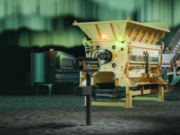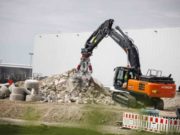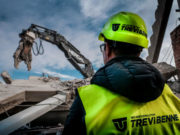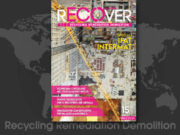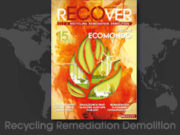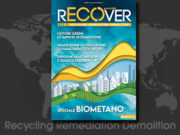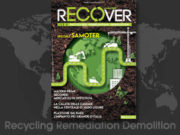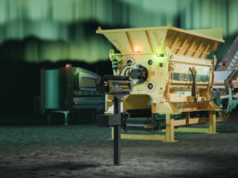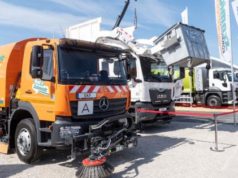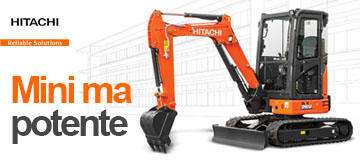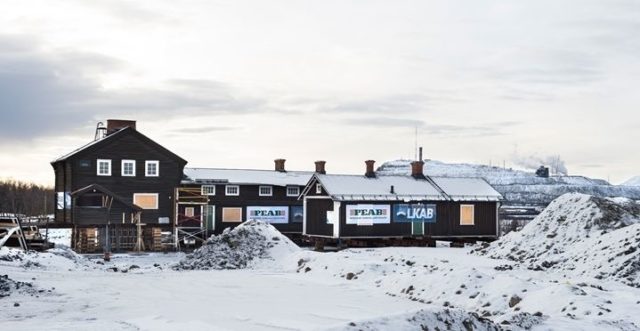
The city of Kiruna and LKAB have agreed to move 21 historic buildings from the old city to the new one. In May 2017, the move reached an important milestone as the first listed building, Workers Housing Unit B5, was loaded on a specially adapted trailer and delivered to its new location beneath the foot of the Luossavaara mountain. Here are some the other buildings included in the move.
B1
Built in 1890, the same year the mining company LKAB was founded, this is Kiruna’s oldest residential building. The small timber cabin has two rooms and housed the first miners who moved here to work for LKAB. It was mainly used as a place to spend the night, rather than a real home.
Hjalmar Lundbohmsgården
The second building constructed in Kiruna and the former home of the town’s founder, Hjalmar Lundbohm. The large building was built in four sequences between 1895 and 1909. Lundbohm was LKAB’s first manager and lived here until 1920 when he retired.
Bolagshotellet
This yellow hotel from 1901 is where LKAB’s customers and visiting politicians still stay when they’re in town. The hotel will be moved in three or four parts to its new address in the Luossavaara area, where it’s due to welcome guests again in 2019.
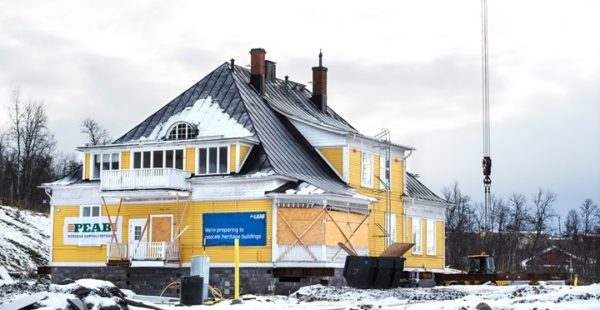
Ingenjörsvillan
This house was built in 1900 for LKAB’s structural engineer. Compete with a glass porch, bay windows and dormers, the imposing villa was originally designed for one family with a housekeeper, chef and a maid. Later, it was converted into two rented flats.
Länsmansbostaden
One of the few historic buildings moved to the new center instead of the Luossavaara area. The 9-room house was built in 1906 as a residence for Kiruna’s first police officer. He was recruited from Sweden’s capital Stockholm in order to maintain law and order in the growing mining town.
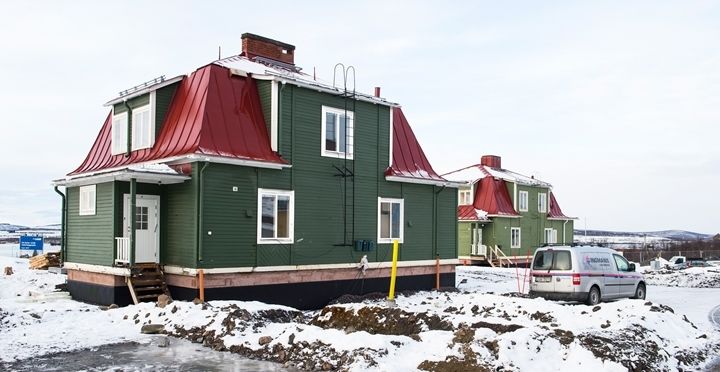
Bläckhornen
LKAB’s green, red and yellow workers’ houses in wood are very characteristic to Kiruna. Designed by Gustav Wickman and built in the early 20th century, they were nicknamed “Ink Pots” because locals thought their form resembled ink pots for fountain pens. 14 houses will be moved in the coming years.
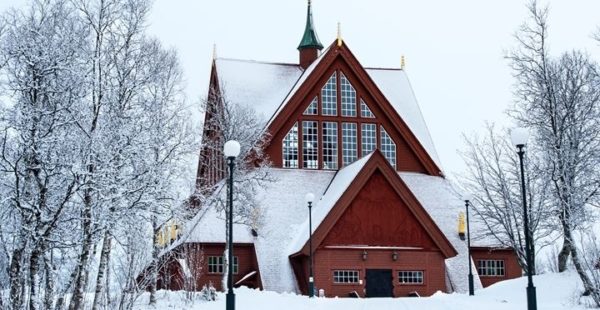
The Kiruna Church
Kiruna’s red, wooden church was built between 1909 and 1912. Designed by Gustav Wickman and originally a gift from LKAB to the congregation, it’s shaped like a traditional Sami cabin. It was voted Sweden’s most beautiful building in 2013. The church will be dismantled and reassembled in the new town center in 2025-2026.












